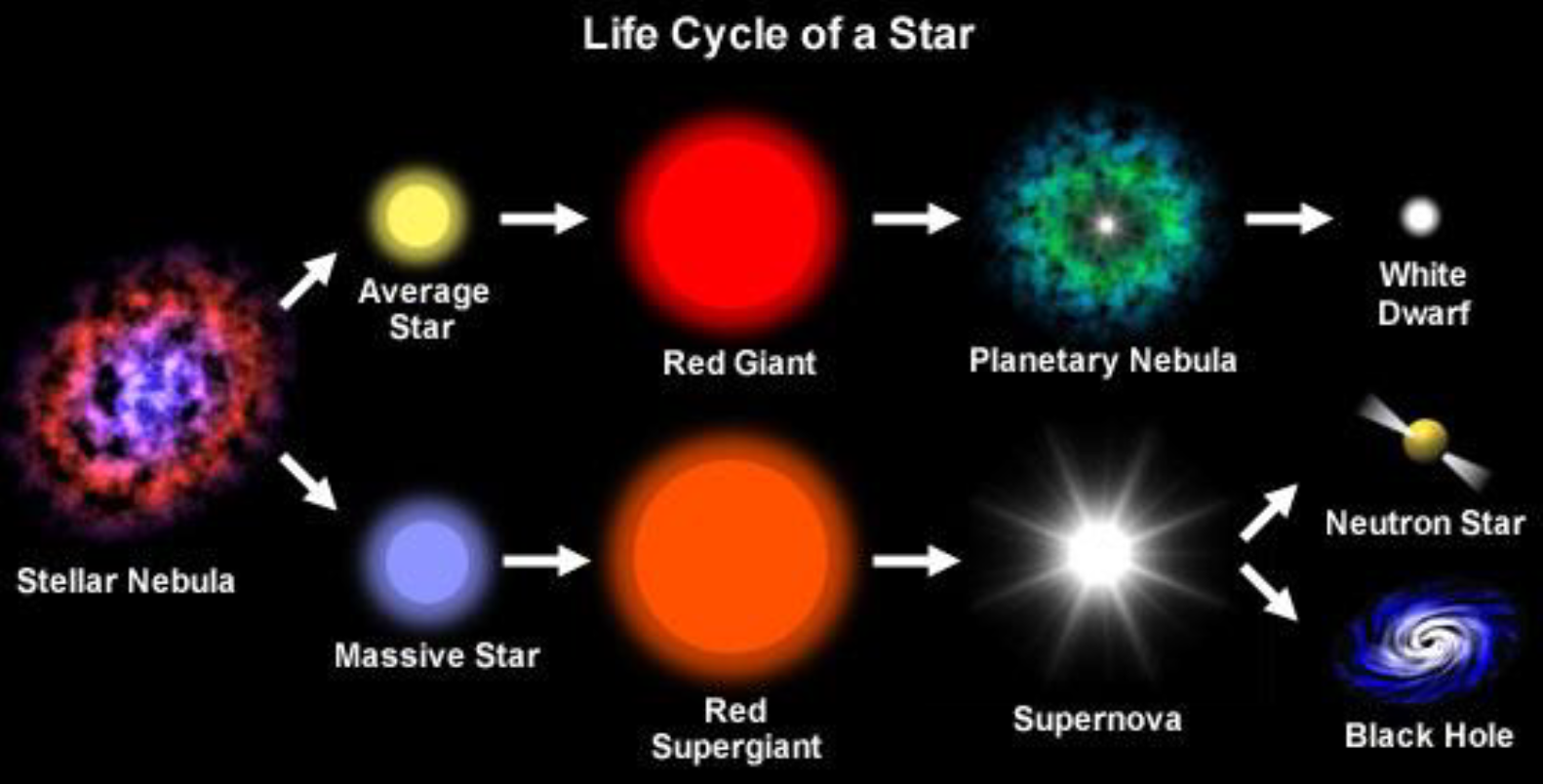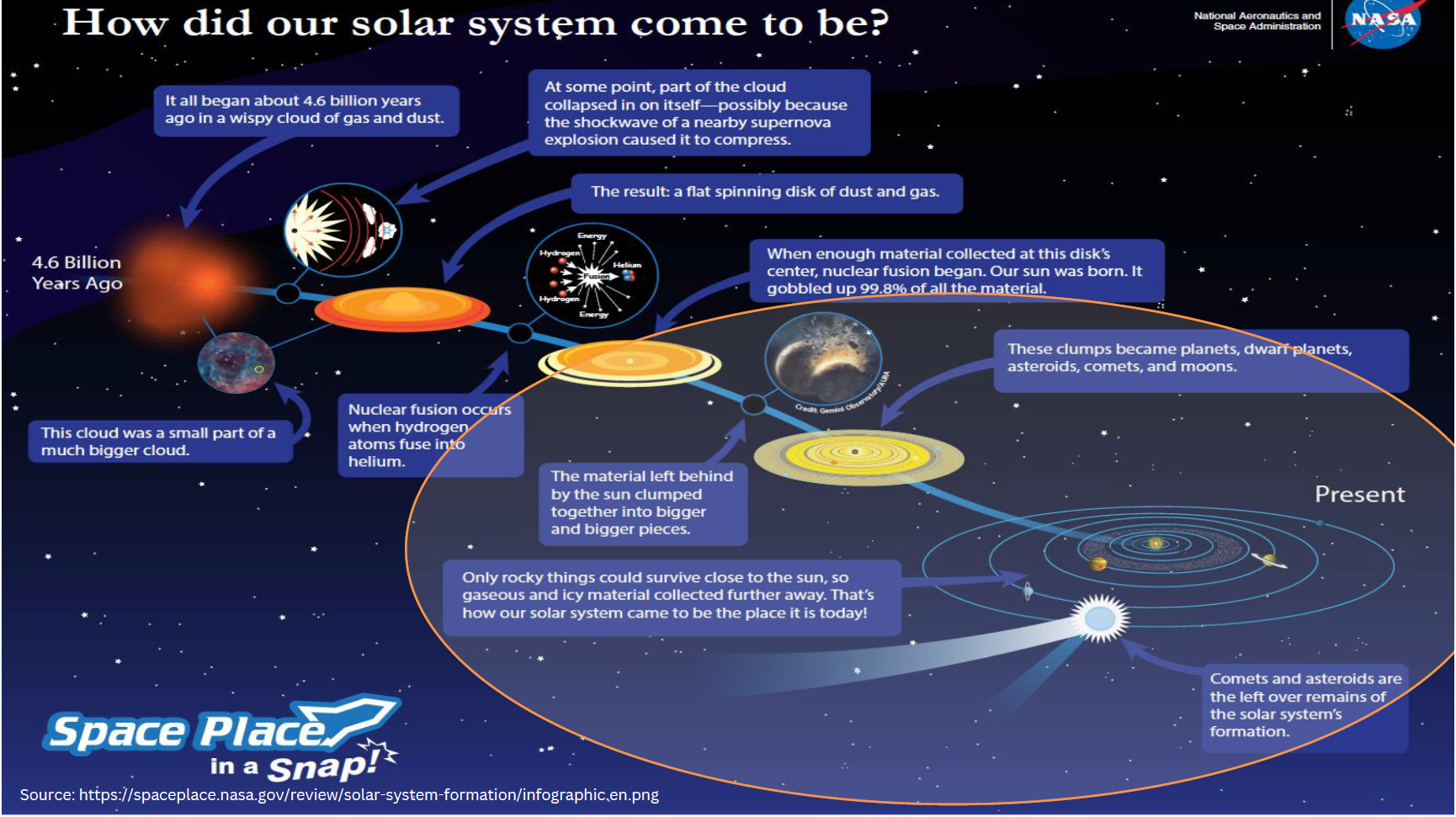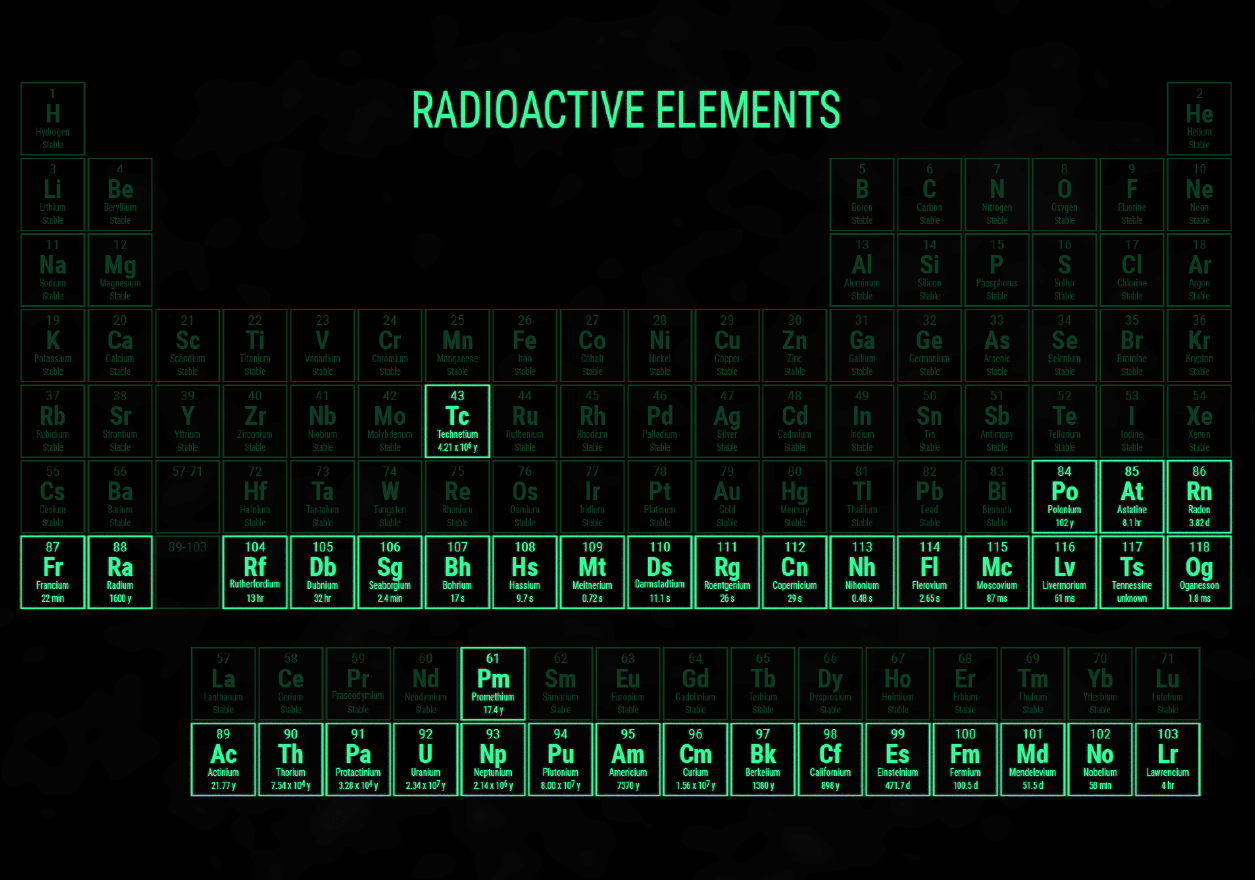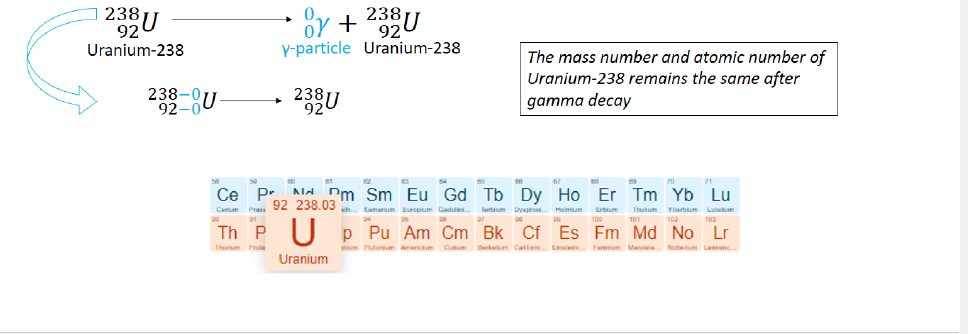SCI10 - 2nd LE
1/91
Earn XP
Description and Tags
Module 3 and 4
Name | Mastery | Learn | Test | Matching | Spaced |
|---|
No study sessions yet.
92 Terms
massive; luminous
The first stars were _____ and _____ that their formation lead to the production and dispersion of heavier elements which lead to the formation of the ______ today.
Density fluctuation
____ left over from the big bang could have evolved into the first stars.
Distant quasars
Observations of ______ allowed scientists to catch a glimpse of the final days of the cosmic dark ages.
Quasars (Quasi-stellar radio sources)
luminous and for celestial objects in the universe that are detected due to the large electromagnetic radiation that they emit
They are thought to be powered by supermassive black holes at the centers of galaxies
Protogalaxies
Star-forming system is much smaller and less organized than the modern galaxy
Protogalaxies
Does not contain significant amounts of any elements besides hydrogen and helium
Protogalaxies
merge to form galaxies and would gather into galaxy clusters
Jean mass
minimum mass that a clump of a gas must have to collapse under its gravity
Formation of Protogalaxies
Clouds of gas and dust that slowly aggregates to form more matter
As they evolve, they will begin to merge with each other and form larger structures like the galaxy that we know today
Nebuli
(1) Stars are formed from a cloud of dust and hydrogen gas called ___.
Protostar
The life of a star begins as a _____.
Protostar
Hot core formed from the collection of a dust and gas.
Accretion
Growing of protostar by adsorbing more material from its surroundings.
increase
Accretion results in the ___ of temperature and density.
Thermonuclear fusion
(2) Hydrogen molecules in these clouds begin to react with one another to form Helium gas through the process _____.
hot ball of gas
(3) With enough mass and huge amount of energy the protostar eventually collapses into its own gravitational force and forms a _____
Re-ionization
Chemical enrichment
Galactic evolution
What are the roles of the first stars in the formation of later stars and planets?
Re-ionization
This is one of the roles of the 1st stars in the formation of later stars and planets where there is the emission of ultraviolet radiation, ionizing surrounding hydrogen gas in the universe.
Chemical enrichment
This is one of the roles of the 1st stars in the formation of later stars and planets. This allowed for the formation of later generations of stars (Population I and II), which could form smaller stars, planets, and complex molecules necessary for life.
Galastic evolution
This is one of the roles of the 1st stars in the formation of later stars and planets. The presence of metals made it possible for subsequent generations of stars to form planets and other structures more easily.
Surface temperature
Luminosity
Classification of Stars
Microphysics
Macrophysics
Categories for Stars Formation
Microphysics
Category for star formation that deals with how individual stars form.
Macrophysics
Category of star formation that deals with how systems of stars form, ranging from clusters to galaxies
Less massive stars
Massive stars
Most massive stars
Lifespan of Stars (3)
Less massive stars
Lifespan of stars: Emit their stellar material into space that will leave behind a white dwarf surrounded by a planetary nebula.
Massive stars
Lifespan of star: Blast matter in the solar space in a bright supernova that leaves behind a highly dense body called a nuetron star
Most massive stars
Lifespan of stars: (3x the mass of the sun) collapse into themselves and creates black holes.
Life Cycle of a Star

a star
8 planets
countless smaller bodies (dwarf planets, asteroids and comets)
Our solar system is made up of _____
Mercury
Venus
earth
Mars
Jupiter
Saturn
Uranus
Neptune
Enumerate the order of the planets in the solar system, starting nearest the sun and working outward.

How did our solar system come about?
Protoplanetary disk formation
Dust grain growth
Planetesimals formation
Protoplanetary cores
Terrestrial planet formation
Clearing the disk
Stabilizing and Evolution
Mature Planetary System
Planetary Formation
Protoplanetary disk formation
Planetary formation which contains the rotating disk of gas and dust
Dust grain growth
Planetary formation where dust growth collide and stick together due to Van der Waals forces forming larger particles
Planetesimals formation
Planetary formation where larger dust aggregates accumulate and form larger objects; continues to grow through collisions and gravitational interaction.
Protoplanetary cores
Planetary formations where massive planetesimals attract significant amount of gas from the protoplanetary disk; building blocks of gas giants planets.
Terrestrial planet formation
Planetary formation where planetesimals collide and merge in the inner regions of planetary disk; closer to the sun
Clearing the disk
Planetary formation where protoplanets interact with surrounding gas which either accrete more materials or clear out their paths
Stabilization and Evolution
Planetary formation where planets stabilize in their orbits, and the protoplanetary disk gradually dissipates.
Mature Planetary System
Planetary formation where protoplanetary disk is gone and planets are in stable orbits around the sun.
How planets form?
Small objects in space coalesce and form planet precursors called Planetesimals —> Planetesimals gather together due to common gravity and form a planet.
Terrestrial planets
Made of rocky material
solid surface
no ring systems
few moons
relatively small
Mercury
known as a shrinking planet because its iron core is slowly cooling causing it to affect the planet’s overall size to decrease
does not contain an atmosphere, just a thin layer of exosphere
Maxwell Montes
Volcano in Venus that is almost as high as Mt. Everest
Sulfuric Acid (H2SO4)
The rain in Venus is made up of _____
It reflects 70% of all the sunlight that reaches the planet
Cause of Venus’ brightness
Earth
only planet known to sustain life
Because of its distance from the sun, it is able to contain water in all of its form
Life on earth first began in the oceans in the form of microorganisms
Mars
THE RED PLANET
same seasons as the Earth but these seasons lasts longer
Gravity is weaker compared to earth
atmosphere is mostly composed of CO2
Jupiter
Solar system’s first planet largest planet in the solar system contains 79 moons
THE GREAT RED SPOT
the most iconic feature of Jupiter
A crimson brown storm raging for 300 years
a giant collection of swirling clouds
Saturn
lightest planet
Less dense than water
largest storm is located on its north pole and has a hexagonal shape.
Saturn’s Ring System
7 layers
composed of icy remnants of comets, asteroids, and moons
it stays on track and intact due to Saturn’s smallest moons which orbits between the rings and uses their gravity to shape it.
Uranus
coldest planet
rotates vertically along its equator
contains 13 rings and 27 moons
Its surface is made up of water, ammonia, methane
What is the cause of the planet’s blue color?
Neptune
cold, dark and icy due to its far distance from the sun
contains 6 rings and 14 moons
Triton
What is Neptune’s largest moon?
Jovian Planets
Pluto
“DWARF PLANET”
Structure
Core
Mantle
Crust
= contains 5 moons
Its inability to clear its orbit of debris was the cause why Pluto lost its status as a planet
Why is Pluto not a planet?
Orbit the Sun
Not a moon
Enough mass to be round
Able to clear orbit of debris
4 Characteristics of a Planet
Nucleosynthesis
It is the process of forming a new atomic nuclei from existing smaller nuclei.
An atomic nuclei may be formed through the combination of light elements or from the breakdown of heavier elements
Nuclear fusion
a combination of two or more atomic nuclei to form one or more new atomic nuclei
Nuclear fission
breakdown of a nuclei into two or more separate nuclei
Big-bang Nucleosynthesis
Stellar Nucleosynthesis
Supernova Nucleosynthesis
Types of Nuleosynthesis
Big-bang Nucleosynthesis
Lighter elements (H and He, traces of Li, Be, B) formed
3 minutes - 300,000 years after Bigbang
Stellar Nucleosynthesis
elements (some He to Fe) synthesized in young stars through fusion
Extreme temperature is required at the core
Supernova Nucleosynthesis
Heavier elements formed during supernova explosions of stars
conditions: extremely high temp (100 billion degrees C) and abundant neutrons
Atom
Basic unit of an element that can enter into chemical reaction
Contains a nucleus that is composed of a proton and a neutron that is surrounded by electrons.
Proton
Electron
Neutron
Structure of an Atom
Atomic number (Z)
number of protons
Mass number (A)
number of protons + number of neutrons
atomic number + number of neutrons
equal
All atoms may be identified from the number of protons and neutrons they contain. In a neutral atom, the number of protons is ____to the number of electrons. The chemical identity of an atom may be determined from its atomic number alone.
Isotopes
atoms of the same number of atomic number (Z) but different mass numbers (A)
Radioactivity
a phenomenon when an unstable nuclei emit particles and/or electromagnetic radiation spontaneously.
Any element that spontaneously emits radiation is said to be radioactive
Three rays are emitted by radioactive elements
Alpha ray
Beta
Gamma
Alpha ray
consists of positively charged particles called a - particles
Beta ray
B-particles are electrons
Gamma (Y) rays
high energy rays that does not have a charge
Familiarize these radioactive elements

Nuclear Stability
The figure shows a plot of the number of proton vs. number of neutrons of different isotopes
Belt of stability (solid line)
A stable nuclei is found on the area of the graph
Radioactive isotopes; radioactive decay
_____ are found outside this belt. In order to obtain stability, these isotopes must undergo _____.
Above the belt of stability; beta-dacay
(1)There is a higher neutron-to-proton ratio. In order to reach the belt of stability, they need to lower this ratio by undergoing (2) ______.
(1) Below belt of stability; (2) either through positron emission or electron capture
(1) There is a lower neutron-to-proton ratio. In order to reach the belt of stability, they need to move upward by increasing this ratio _____.
Heavy nuclei (atomic numbers (Z) > 83)
(1) _____ are naturally radioactive and are found above the belt of stability. In order to reach the belt of stability, they would need to undergo ____ in order to decrease both the number of protons and neutrons.
Alpha decay (or emission)
Beta (B) decay
Positron emission
Gamma (y) decay
Electron capture
Types of radioactive decay
Alpha decay (emission)
A Helium or nucleus is emitted

Beta (B) decay
an electron is emitted
Positron emission
a positron, is emitted when an atom decays to produce a neutron and a positron
Gamma (Y) decay
high energy photons or gamma rays are emitted

Electron capture
an electron falls into the nucleus and fuses with a proton to form a neutron
